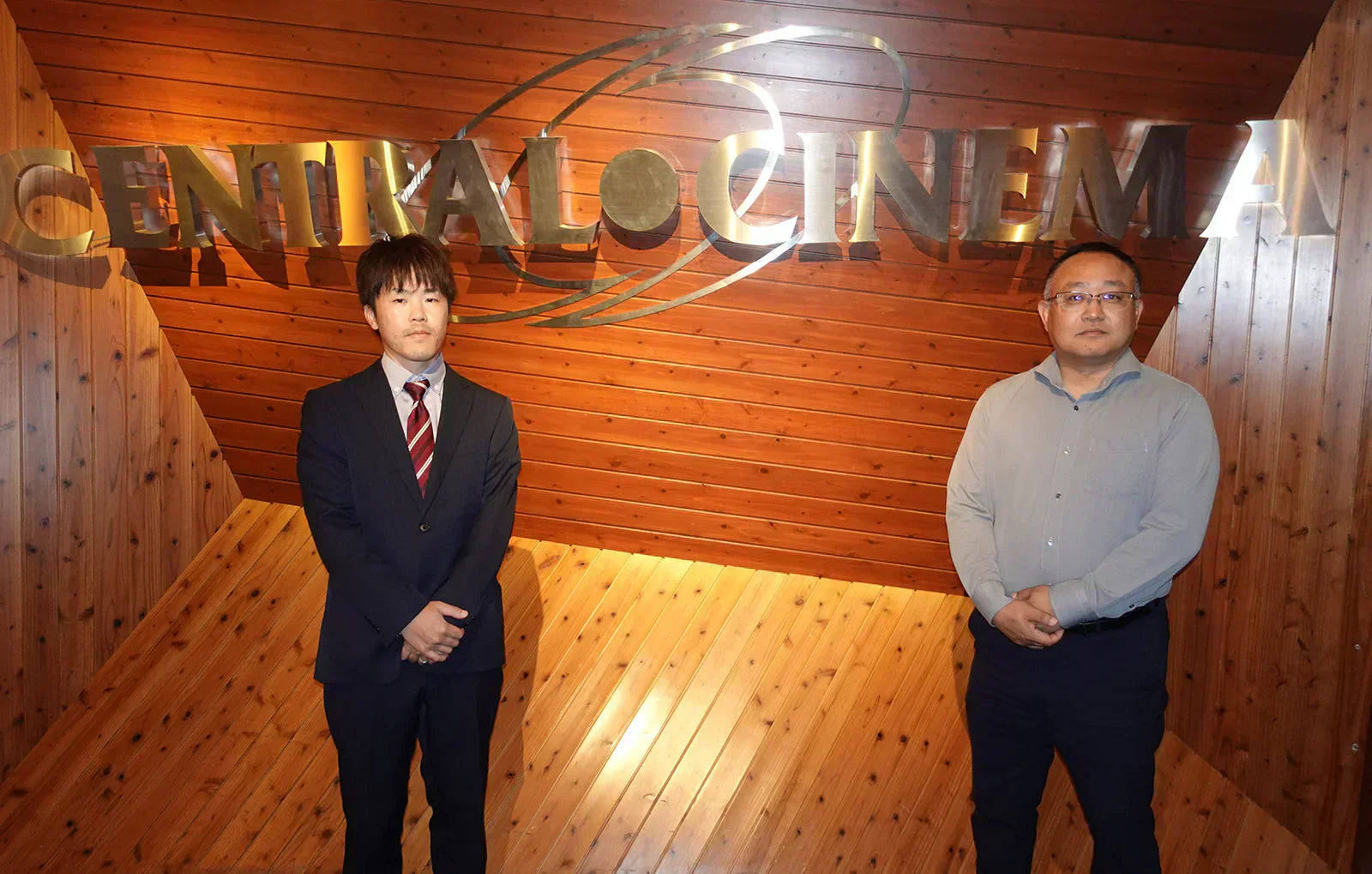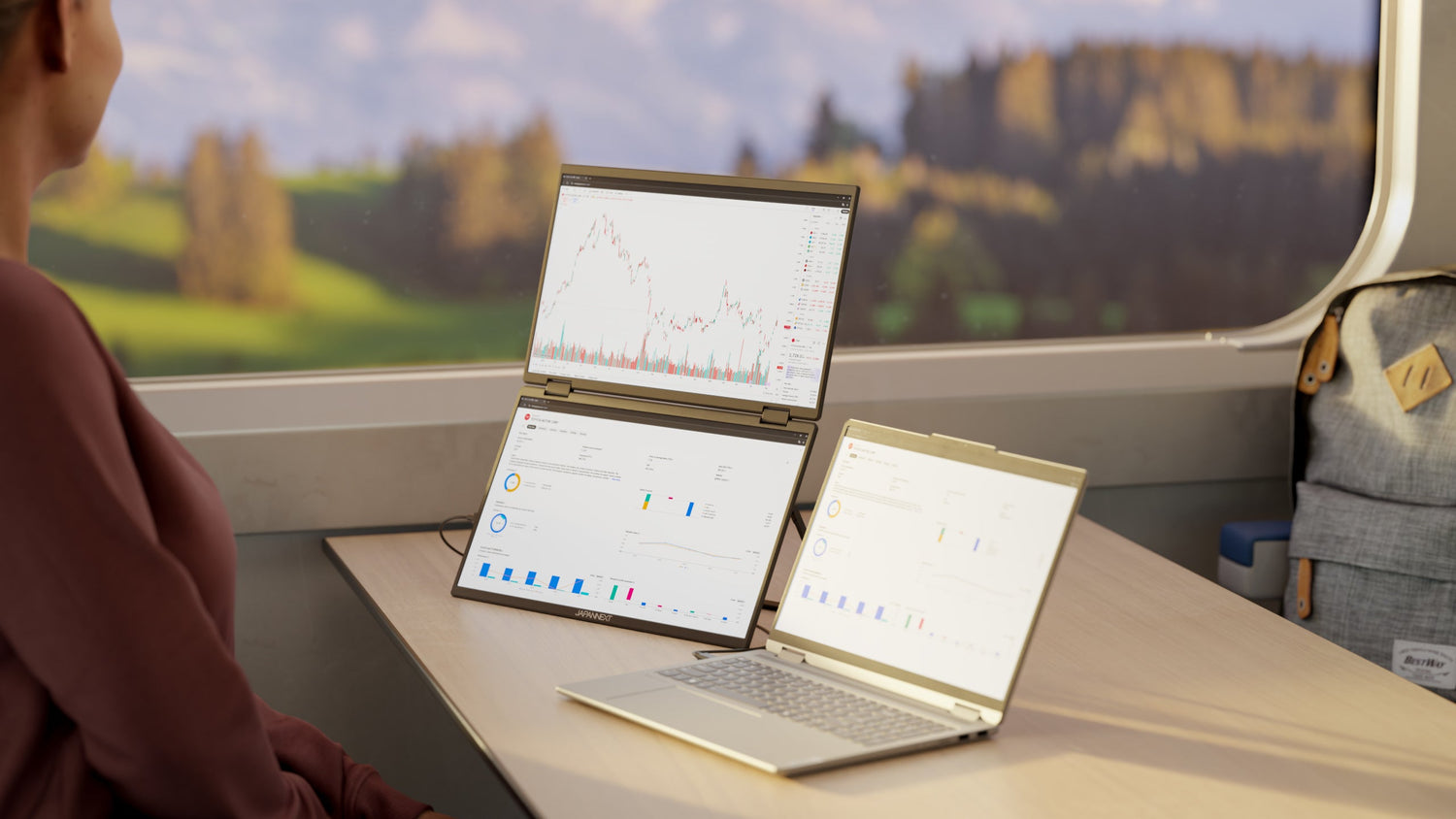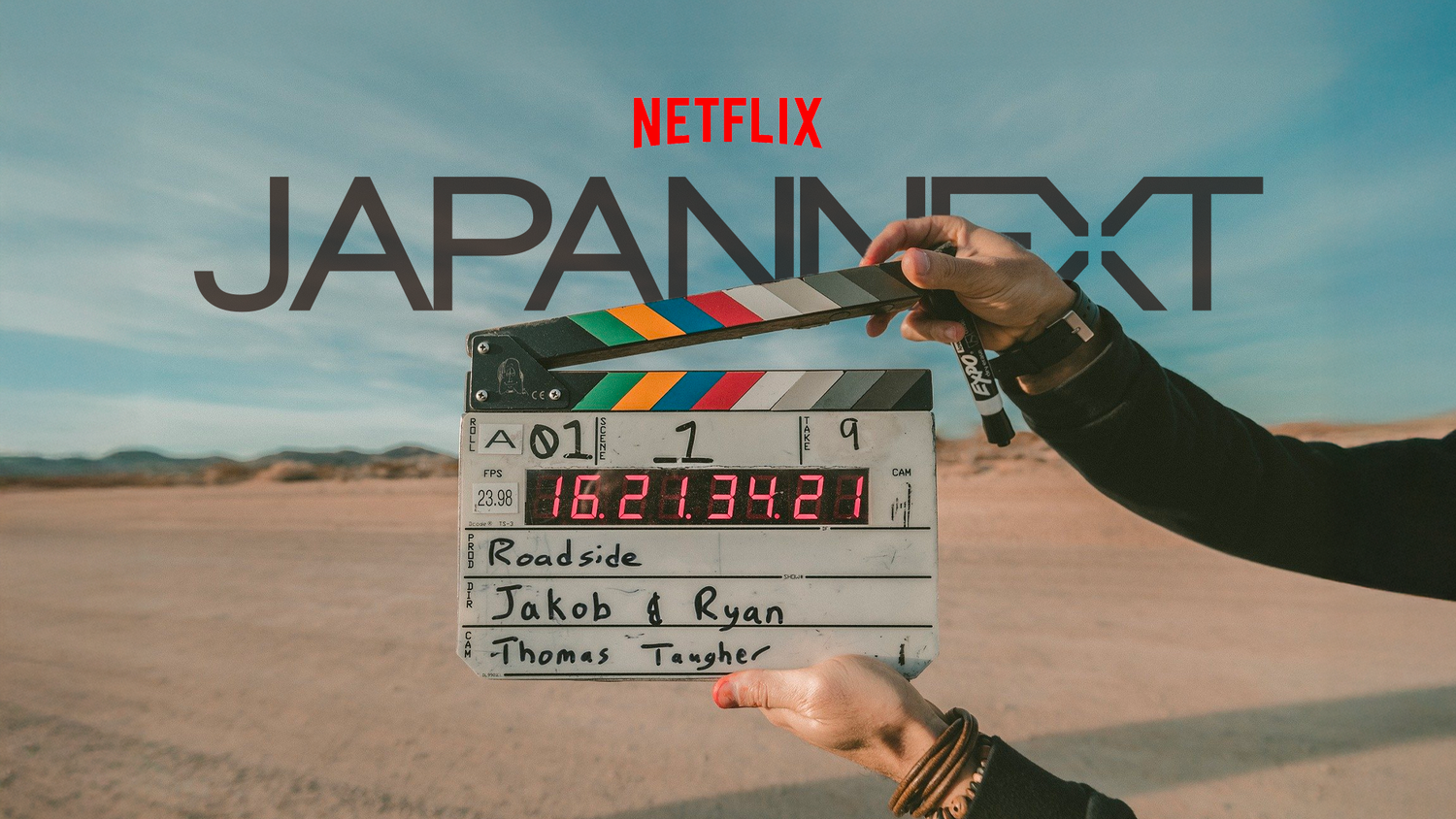Equipping a cinema with digital signage: LED screens and business card holders
Cinemas face a major challenge: capturing the attention of viewers as soon as they enter the establishment. While paper posters have long been the norm, they now have significant limitations: recurring printing costs, update delays, and the inability to animate content. The transition to digital signage is emerging as a modern and cost-effective solution.
Equipping a cinema with digital signage solutions is based on three strategic axes. First, replacing traditional posters with vertical LED totems that reproduce the poster format while allowing dynamic rotation of content. Second, installing professional 55" LFD monitors operating 24/7 to display schedules, trailers, and practical information. Finally, for large halls, the deployment of video walls or LED walls creates a spectacular visual impact.
The operational benefits are numerous: instant programming updates from a centralized management system (CMS), drastic reduction in printing costs, the ability to monetize spaces with targeted advertising, and a significant improvement in the customer experience. A cinema equipped with digital signage also gives itself the means to communicate about its special events, previews, or partnerships in a much more responsive manner.
The return on investment can be measured on several levels: savings on paper printing (several thousand euros annually), potential advertising revenue, and also an improved brand image. A modernized establishment attracts a wider clientele and positions itself as innovative in a competitive sector.
Interviews and case studies with customers who have adopted our products
Miyazaki Central Cinema
Central Kanko Co., Ltd. initially operated movie theaters in Omuta, Fukuoka Prefecture. In 1977, it opened the Miyazaki Central Kaikan theater and expanded into Miyazaki Prefecture.
Taking advantage of the opening of the AEON Mall Miyazaki, she opened the "Central Cinema Miyazaki" within the same center in 2005.
Currently, the company operates four cinemas in Kyushu and aims to become "the company with the largest audience in Kyushu."
https://www.mcc-9.jp/miyazaki/

Q. What prompted you to introduce JAPANNEXT monitors?
<Mr. Ozasa> Our company operates a cinema within the AEON Mall Miyazaki in Miyazaki. We show previews of upcoming films in the lobby.
Previously, we had a 65-inch screen installed at the top of the wall, with posters.
However, perhaps due to the size of the lobby, we didn't feel like customers were stopping to look.
So we wanted to go with a larger screen and asked Mr. Nagata at Cypher Partners Inc. if they had any. We considered a multiple setup with multiple screens, but ultimately felt that a single large screen would be better, so we asked him to find a screen around 100 inches. We also wanted to replace the areas where we were using paper posters with digital signage.

In the lobby, a video trailer is playing on a 98-inch screen and a poster is displayed on a 55-inch monitor .
Q. Why did you choose JAPANNEXT for your monitor?
<Mr. Nagata> After receiving Mr. Ozasa's call, I immediately looked for a 100-inch screen, but other manufacturers' screens were too heavy and I thought it would be difficult to reinforce the wall. That's when I found the 98-inch monitor from JAPANNEXT, which was lightweight. At the time, a major earthquake had occurred in Miyazaki, so I prioritized weight over price. I was surprised to find that the price was about half what I expected compared to other manufacturers.

Q. What was your impression of the interactions with distributors and manufacturers before implementation?
<Mr. Nagata> I applied on the website and was able to immediately begin an online business negotiation, which went very well.
With other companies, the response may take some time.
So I was very relieved to be able to start a business negotiation online immediately and meet with the manager.
Although cheaper than other companies, the price was still reasonable; therefore, the feeling of security was paramount.
Q. Did you know the manufacturer JAPANNEXT?
<Mr. Nagata> To be honest, I had heard of it before, but this was the first time I actually implemented it in my company.
<Mr. Ozasa> I didn't know the company, but the first time I heard about it, I thought it was a Japanese company because its name contained "JAPAN," which reassured me.
Although not a monitor, many projectors used in movie theaters are foreign products, and if there is a problem, support can be complex, taking time or requiring confirmation of the intentions of the head office.
So I was particularly grateful for the support from a Japanese manufacturer.
Q. How did you decide to introduce JAPANNEXT monitors?
<Mr. Nagata> The price was much lower than expected, which worried me a little. So I looked at some reviews online and, since they seemed good, I decided to contact them. I was also pleased that they include a five-year warranty on the 55- and 98-inch monitors.
Other manufacturers don't even offer a five-year warranty on 98-inch monitors, and the cost of adding two years to a three-year warranty is so high that buying another monitor would cost me the same.
Being able to choose the five-year warranty at a reasonable price was therefore a major advantage.
Q: What do you think about it after actually implementing it?
<Ozasa-san> The 98-inch screen is much more visible than before, and it's obvious that customers stop to look at it. It's also bright enough to attract the attention of many visitors.
As for the 55-inch monitor, putting up the posters used to be labor-intensive, but thanks to digital signage, this effort has disappeared. Moreover, it is very convenient because we can present different works on a single screen. Customers can now view information about different works on a single screen , instead of having to view multiple posters.

Seven 55-inch monitors installed vertically display posters of upcoming films
Q. Do you think you will consider JAPANNEXT products in the future?
Mr. Ozasa: We were impressed by JAPANNEXT in several ways during our installation.
We have other screens in the same theater and are considering using JAPANNEXT monitors in our future modifications.
We also have theaters in Omuta (Fukuoka Prefecture), Sanko (Oita Prefecture), and another theater in Miyazaki. We would like to consult you again at a later date.
<Mr. Nagata> We hope to be able to offer this service not only to cinemas, but also to other customers in the future.
We're currently receiving requests from high school esports clubs, and JAPANNEXT also offers gaming monitors, so we'd like to hear from them. We're also considering touchscreen-compatible signage.
 WONDER ATTIC CINEMA, also located in Miyazaki City
WONDER ATTIC CINEMA, also located in Miyazaki City



